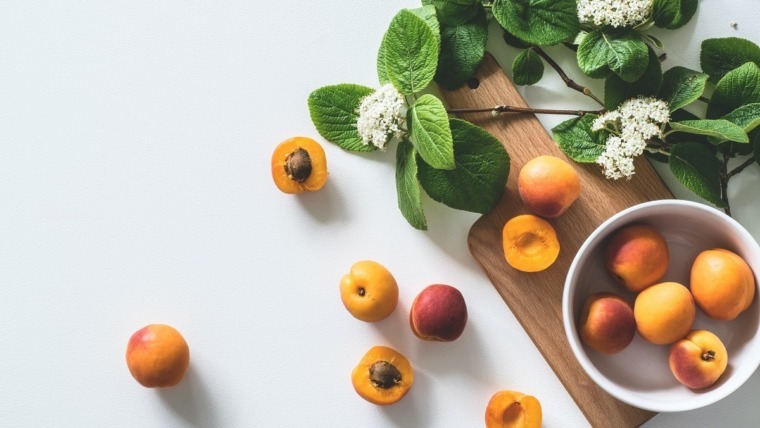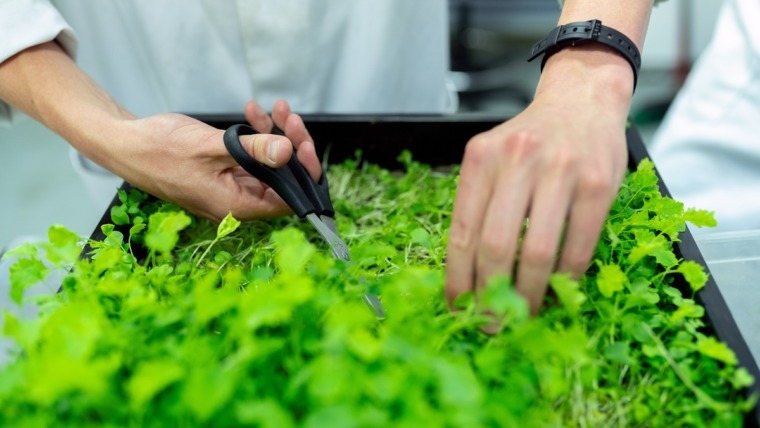
Written by Aida Rejzovic
These days we are surrounded by so many chemicals that we have often been exposed to hundreds of toxins before even leaving the house. While there is little that can be done about outside contaminants, you can significantly reduce your chemical load by watching out for the following common household toxins.
Furnishings, plastics and electronics
Volatile Organic Compounds (VOCs) are a class of chemicals found in new furnishings and carpet along with plastic, fresh paint, new electronics, or any materials which have been dry cleaned. If you have recently redecorated your home, you may have introduced a plethora of toxic chemicals. Fortunately, good ventilation will significantly reduce the concentration of VOCs in your home. You can start by opening up the windows and allowing fresh air to flow through the house. If you have freshly painted walls or new carpet, open up the doors and windows and turn the fans on to direct VOCs outside.
Scented candles and room sprays
Room fragrance products are a big contributor to unnecessary chemical exposure in the home. The synthetic fragrance used in reed stick diffusers, candles, room sprays and wall plug-ins act as endocrine disrupters, increasing the likely hood of hormone-related health conditions. Along with artificial fragrances, many candles are made using paraffin wax which actually creates carcinogens when burned.
Soy wax candles are a much safer option. If using scented candles lookout for ‘fragrance’ on the label, as this indicates synthetic fragrance. Instead, use candles that are scented using natural essential oils, or use pure oils in a diffuser or oil burner.

Cleaning products
Some common chemicals found in commercial cleaning products include chlorine, ammonia, sodium hydroxide and triclosan. Exposure to these chemicals can occur through inhalation or direct skin contact and contribute to conditions such as contact dermatitis and asthma in otherwise healthy individuals. Think about what you wash your dishes with, wipes benches, clean windows and scrub toilets with. All of these products are contributing to chemical exposure on a daily basis.
Using natural cleaning products in the home is simple and need not be expensive. Vinegar is a fantastic cleaning agent and it is cheap! Simply decant into a spray bottle and use as a surface spray and bathroom cleaner. Bi-carb soda can be used where you need to scrub with a little muscle to remove shower scum, and if you have any lemons handy the citric acid works wonders at breaking down and removing grime. Try this trick to clean your kettle: put half a lemon into a kettle of water and boil, then rinse and you will notice how fresh your kettle looks on the inside.
Personal care products
Sodium laurel sulphate (SLS), sodium laureth sulphate (SLES), polyethylene glycol (PEG), and aluminium are just a few of the most well-known chemicals lurking in personal care products. Shampoo, makeup, body wash, deodorant etc. Absorbing these chemicals through the skin has the ability to affect hormones and alter cell DNA transcription. Sufferers of skin conditions such as eczema and psoriasis will often see a reaction after using commercial skin products containing too many harsh chemicals, making natural skin care a must for sensitive and reactive skin.
Mold
Mycotoxins produced from mold have the ability to cause serious neurological and neuropsychiatric conditions. While food that contains mold is often visible, mold in the home is not always so. Conditions that are warm and moist are ideal for mold growth, which is why places such as the bathroom and laundry are common mold hot spots.
Over exposure to mold mycotoxins suppresses the immune system, causing an array of health complications. The brain is one of the main organs effected by mycotoxin exposure, resulting in neurological conditions such as headaches, poor memory, brain fog and depression. To avoid mold growth in the home, proper ventilation and water drainage is paramount.
Pesticides and herbicides
The use of pesticides in agriculture may improve crop yields and lower produce prices, however we pay for this trade off with our health. While you may not notice immediate symptoms, long term exposure to pesticides and herbicides through food have the potential to damage the gut lining and destroy beneficial microflora, paving the way for the development of or worsening the body’s disease process.
While organic food may be expensive, it is worth investing in your health early to prevent illness. Understandably, many families simply cannot afford to buy all organic food, however, it is helpful to know which food products contain the highest levels of pesticides so you may decide where to invest your money. The dirty dozen and clean fifteen is a list of fruits and vegetables containing high or low levels of pesticides (as some crops are sprayed more than others). This list can help you prioritise which foods you buy organic and which you can get away with buying non-organic. While the body that governs this list is based in the US, farming practices and pesticides used are similar to what we use here in Australia. (Www.ewg.org)
Plastic bottles and food containers
Do you use a plastic water bottle or heat food in plastic containers? Stop right there! BPA (Bisphenol A) and other chemicals leached in plastic can interfere with hormones and nutritional status by binding to zinc (and other minerals), ultimately reducing zinc levels in the body. Low zinc is associated with lowered immunity, polycystic ovarian syndrome, acne, hair loss and more.
How to reduce chemical exposure in the home
A non-toxic home can be achieved by following these five simple guidelines.
- Ventilate your home adequately and regularly open up windows to let fresh air circulate.
- Invest in some indoor plants. Plants not only look nice, they also help to naturally purify the air.
- Go natural. Choose chemical free personal care products, and use natural essential oils for aroma instead of synthetic fragrances.
- Eat as much organic food as you can.
- Use natural eco-friendly brands or make your own homemade cleaning products.
Home Toxicity Home Toxicity Home Toxicity Home Toxicity




2 Comments